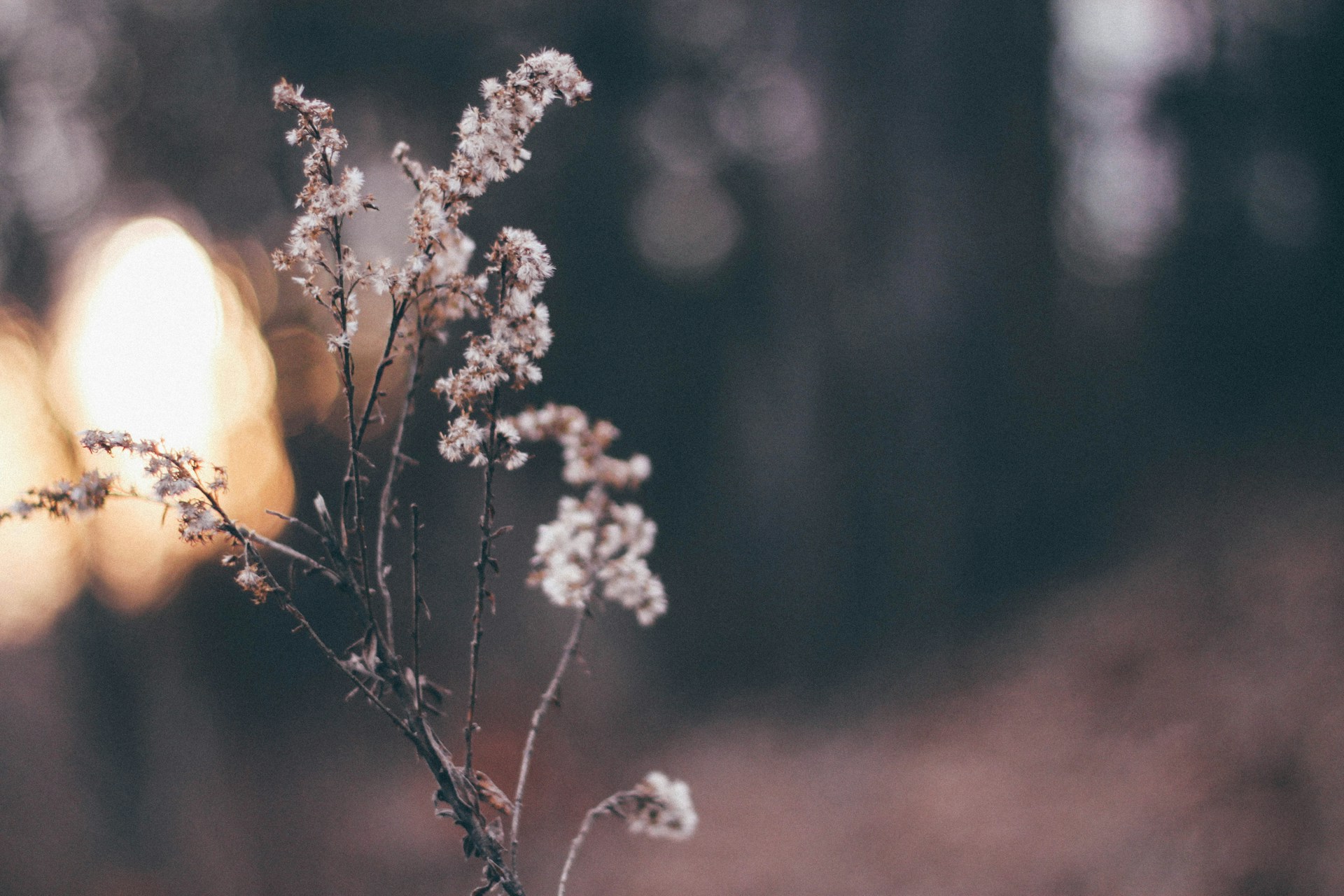Introduction
Attracting hummingbirds to your garden can be a delightful and rewarding experience. With their vibrant colors and mesmerizing flight patterns, hummingbirds provide a spectacle of nature’s beauty right in your backyard. To lure these miniature wonders to your Illinois gardens requires careful selection of specific plant species. This article dives into the world of fast-growing flowers that attract hummingbirds, shedding light on the hummingbird species found in Illinois, and offering a blend of quick blooming and longer-term cultivation plants that thrive in this diverse state.
Background and Context
Illinois is home to four hummingbird species: Ruby-throated, Rufous, Black-chinned, and Annas hummingbirds. The Ruby-throated hummingbird is the most common, notably during the warm summer months. Insights about the impact of flowers on hummingbird attraction reveal that hummingbirds require nectar as their primary food source, thus integrating native plants with lengthy, tubular flowers into your garden can appeal to these birds significantly.
Understanding the details about Illinois climate zones is fundamental to successful gardening. Illinois falls into different climate zones, ranging from 5b to 7b, each associated with specific soil types. With the distribution and types of soil in Illinois being quite diverse, largely due to ancestral glacier and wind activity, planting must consider these ecological variables. In addition, punctuating the sunlight and humidity patterns in Illinois is crucial, as both these factors shape the flowers’ growth rate and maintenance needs.
Fast-Growing Flowers for Immediate Results
For the nature enthusiasts who are keen on immediate results, a slew of fast-growing annual and perennial flowers can draw hummingbirds promptly. Here are some excellent options:
- Columbine: With their long, tubular blossoms and enticing nectar, they are a favorite among Ruby-throated hummingbirds.
- Trumpet Vine: This quick-growing, easy-to-maintain vine develops red tubular flowers that are highly attractive to hummingbirds.
- Bee Balm: These colorful, fragrant flowers are irresistible to hummingbirds, butterflies, and bees.
- Impatiens: Excellent for hanging baskets around patios or decks, they provide a ready nectar source for hummingbirds.
- Petunias: These popular annuals provide continuous blooms throughout the season, inviting frequent hummingbird visits.
Specialty Flowers for Long-Term Garden Impact
Beyond fast-growing varieties, Illinois gardens can benefit from specialty flowers that might take longer to cultivate, but are favored by hummingbirds and can make a substantial impact on the local biodiversity.
The Foxglove Beardtongue is a strong contender in this category. Although not a quick-grower, it’s sturdy, tall stems with white, tubular flowers are known to attract hummingbirds. Another notable mention is the Blue Iris, a vibrant native flowering plant that requires more care and time but brings a distinctive aesthetic appeal to your garden and serves as an attractive nectar source for hummingbirds.
Considerations for Geographic Diversity in Illinois
Illinois’s geographic diversity demands distinct approaches to attract hummingbirds. In northern Illinois, for instance, the cooler climate, mixed sunlight, and humidity patterns favor flowers like the petunias and impatiens, fast-growing and beloved by hummingbirds.
In central and southern parts of Illinois, options like the Trumpet Vine and Columbine, native and non-native flowers to Illinois respectively, are excellent fits as these regions enjoy warmer temperatures and richer soils.
Conclusion
The delightful spectacle of hummingbirds hovering in your backyard is achievable by integrating the right mix of fast-growing and long-term flowers suited for Illinois’s diverse climate, sunlight, and soil conditions. Whether you’re in the northern, central, or southern parts of Illinois, there’s a suitable solution for your garden. The information about non-native flowers in Illinois, alongside other practical tips, will help you create a hummingbird haven while fostering local biodiversity.
Ancillary Subjects
Though cultivating a hummingbird-friendly garden is immensely gratifying, remember the importance of sustainable practices and the beneficial impact of native flowers on local biodiversity. Rotating your plant species following a seasonal planting calendar is a sustainable way to ensure the vitality of your garden. Also, remember that aspects like pruning, watering, and managing pests will be integral to your garden’s success, all of which rely on the unique context that Illinois offers.

